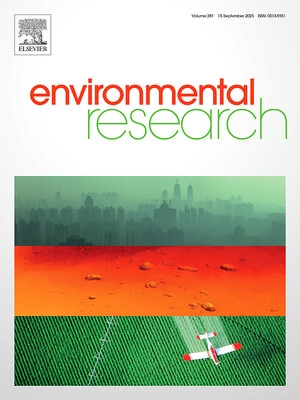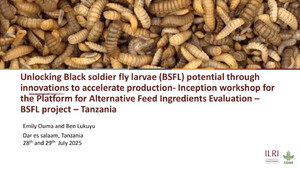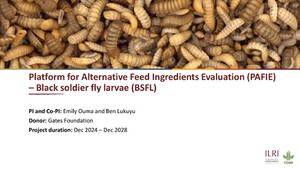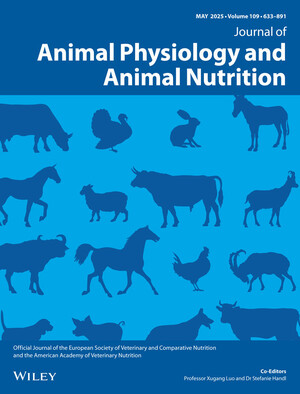
Maize as food and feed in intensive smallholder systems: management options for improved integration in mixed farming systems of east and southern Africa
Abstract
As systems intensify, crops and livestock become increasingly integrated. Forage from crops becomes a larger component of overall forage supply in small-scale systems. This paper integrates information from field trials, studying the effect of varying maize planting density, with modelling approaches to compare this with supplementation of maize stover, genetic improvement of stover digestibility and replacement of the maize crop with planted forage in east and southern Africa. Aggregate analyses for small-scale intensive (SSI) systems producing milk were carried out using a suite of models including CERES, CROPGRO, DRASTIC and ANORAC, scaling-up to regional level using GIS information. Increasing planting density increased the yield of thinnings, but decreased grain and stover yields. Model predictions of milk production from the thinnings and stover produced from one hectare of maize indicated that economic benefits to increased planting density could be achieved when the grain:milk price ratio was low, despite the negative effect on grain yield. Supplementation showed the greatest economic returns with small positive impacts on soil fertility and maize production. Replacing maize with planted forage inevitably increased milk at the expense of maize production. Again, for this intervention, grain:milk price ratios ranging from 0.19 to 2.88 across sub-Saharan Africa are likely to influence the decision of the farmer whether or not to trade milk for grain. Genetic enhancement of the digestibility of maize stover was found to have little impact on milk production because diets based on stover were deficient in nitrogen, preventing animals from benefiting from the increased energy supply resulting from digestibility increases. Other factors such as market access and stability, as well as individual objectives such as cash flow, food security and risk minimisation, were not explored in the present study but will influence household decisions. More complex analyses, accounting for these factors, may be required to predict adoption behaviour, however, the results of the study can be used to evaluate the potential returns to investment in research in the different areas using an economic surplus model.
Citation
Romney, D.L. et al. 2003. Maize as food and feed in intensive smallholder systems: management options for improved integration in mixed farming systems of east and southern Africa. Field Crops Research 84(1-2): 159-168










